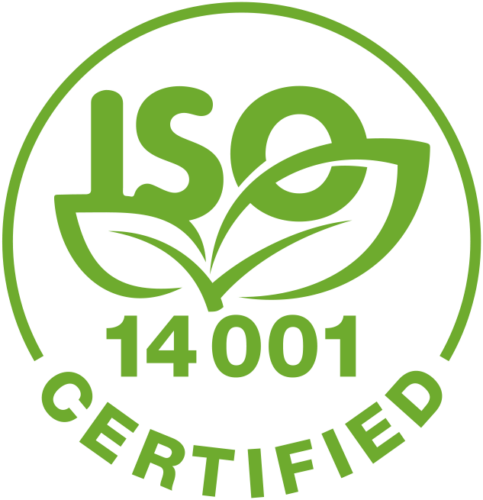Manufacturers are driving new products to market every day that impact our lives in various ways. While these products aim to enhance our quality of life, they also influence the environment.
As more manufacturers develop sustainable products by simplifying parts, recycling, or refurbishment recyclability, they must also navigate environmental laws. The Environmental Protection Agency (EPA) sets and implements environmental legislation, funds and conducts research, and guards against serious health threats to people and the environment. The European Green Deal outlines how Europe may become the first continent to be climate neutral by 2050. Reaching this target means creating a clean, circular economy, restoring biodiversity, and cutting pollution.
Compliance regulations vary by region and industry. A U.S. medical company will differ from a European automotive company, yet both must ensure that they are globally compliant if they want to sell their products on international markets. The following regulations pertain to products that are manufactured, imported, or sold in the EU market.
- REACH–Registration, Evaluation, Authorisation and Restriction of Chemicals
REACH mandates an assessment of chemical qualities, identifies the dangers to human health and the environment that go along with them, and ensures that information is shared with suppliers and downstream consumers in the EU market. The REACH standard’s main goal is to encourage the gradual replacement of the most hazardous compounds.
- WEEE–Waste from Electrical and Electronic Equipment
The WEEE regulation is the prevention of waste from electronic and electrical equipment near the end of life. Electrical waste is made up of an intricate variety of substances, some of which are dangerous. Products may produce dangerous (hazardous) compounds including lead, mercury, and cadmium during use; collection, treatment, and disposal of such waste can have serious negative effects on the environment and human health. Modern electronics also include rare and expensive materials that, with proper waste management, can be recycled and utilized again.
- RoHS–Restriction of Hazardous Substances
The goal of the RoHS regulation is to reduce the risks that come with the management of electronic and electrical waste to both human health and the environment. It prohibits the use of specific dangerous compounds in electrical and electronic equipment (EEE) that can be replaced with safer substitutes. Heavy metals, flame retardants, and plasticizers are among the prohibited compounds. The regulation encourages the recycling of EEE because less harmful materials are included in EEE and its waste-derived components. It also guarantees that importers and producers of EEE operate on an even playing field in the EU market.














